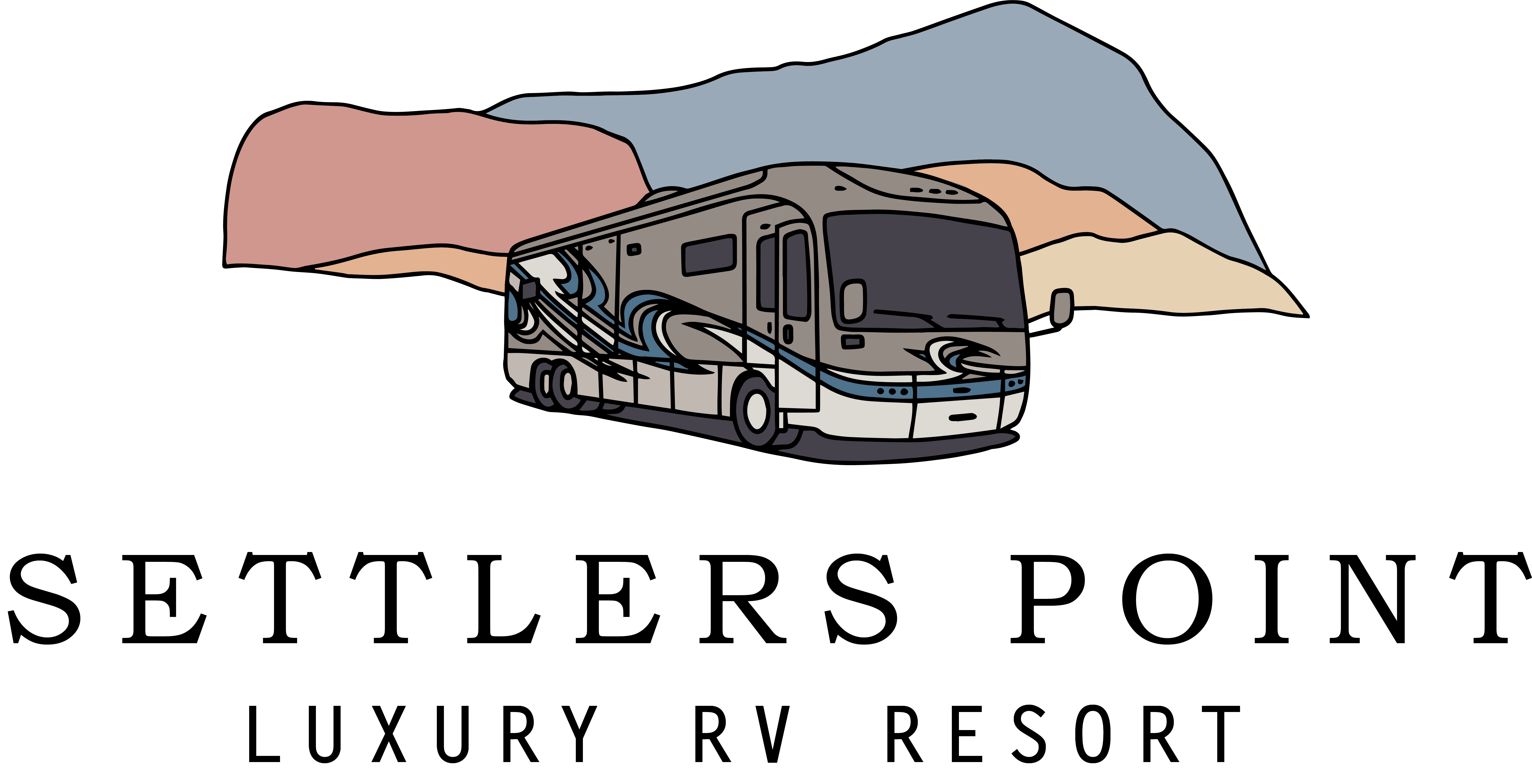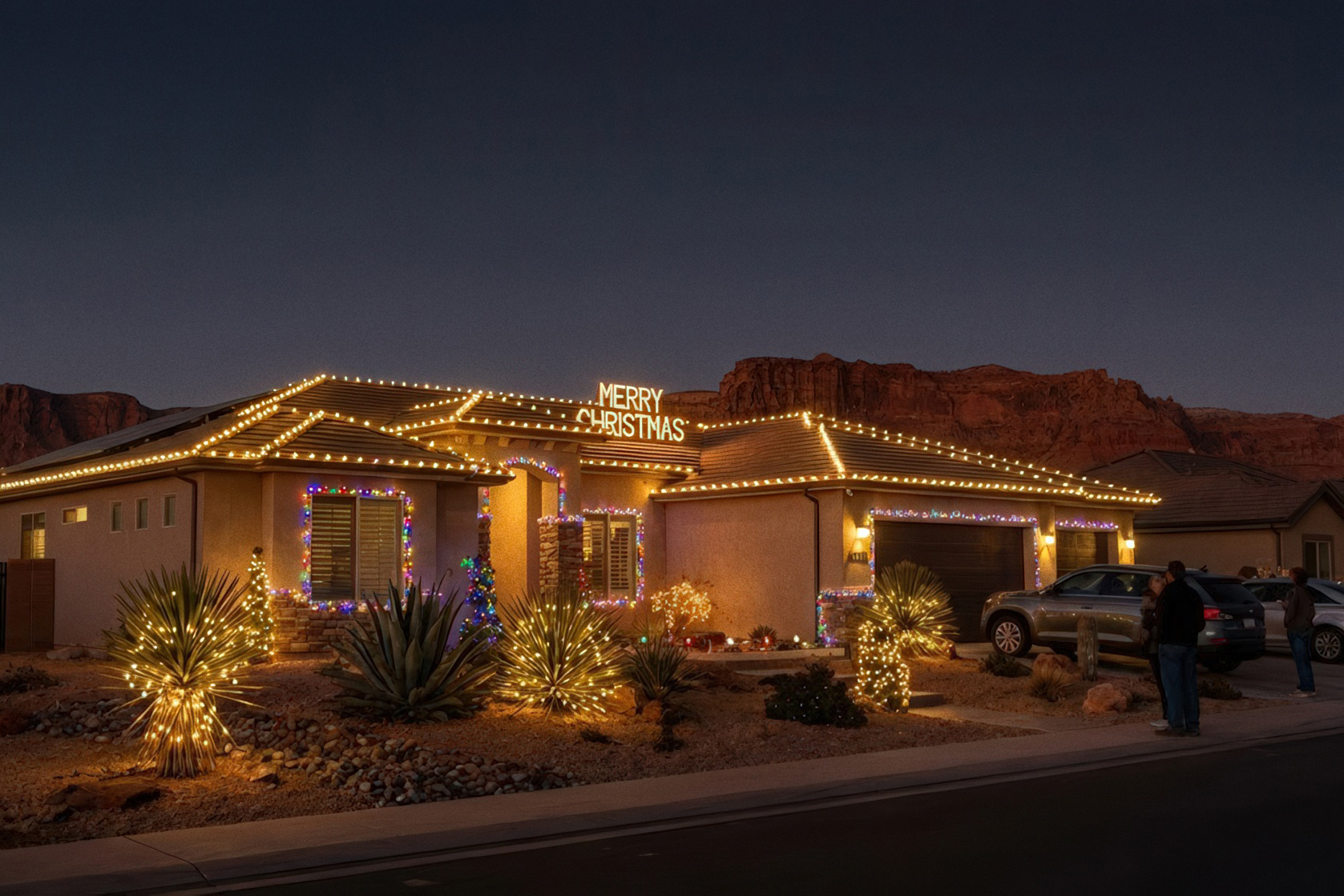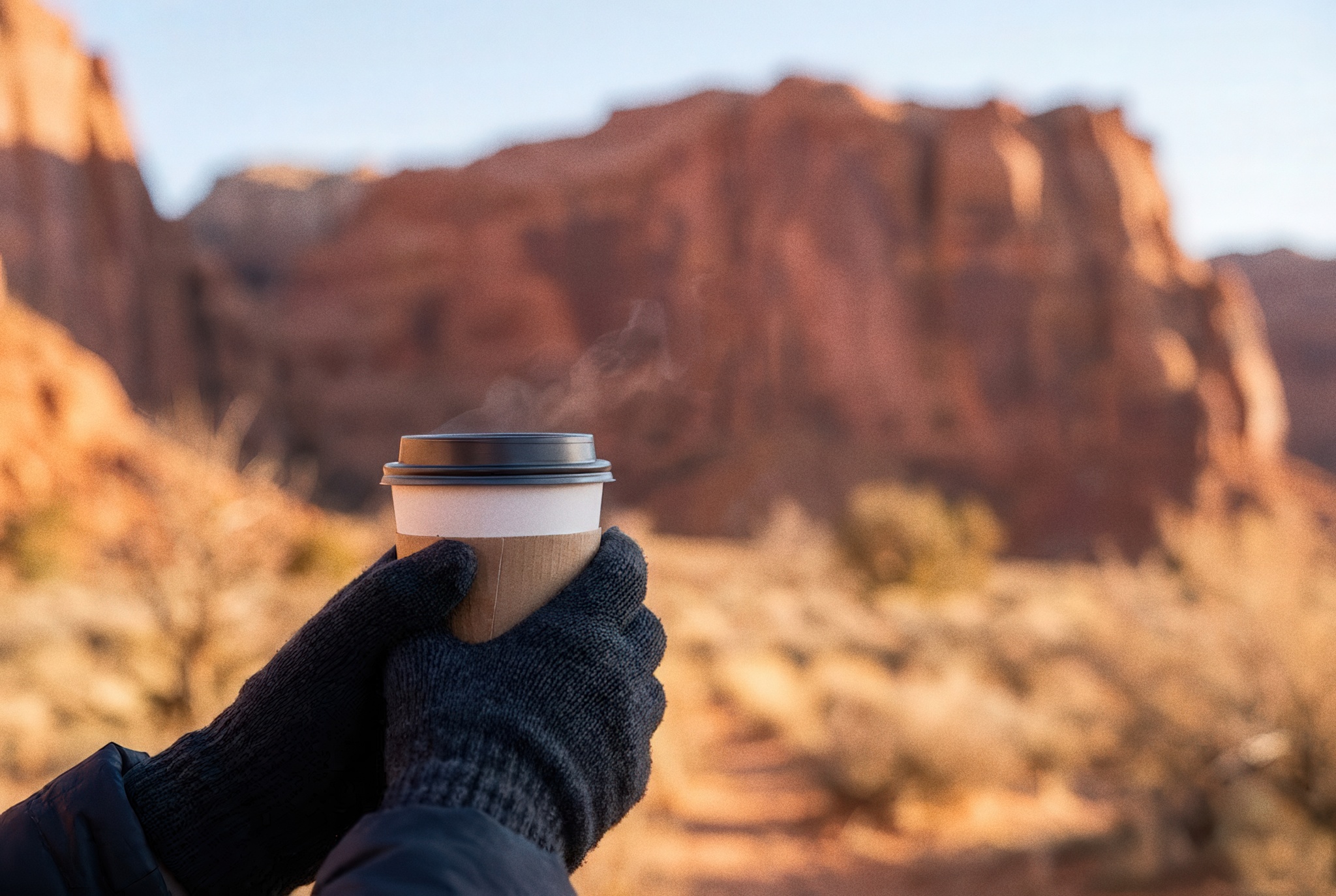Southern Utah is packed with red rock trails, desert landscapes, and those postcard-worthy views that make you question if your life back home is really all that inspiring. But fall in Southern Utah? That’s when the desert breathes. And if you know where to look, you’ll find places where the air carries more than just crisp autumn chill, it carries stories. Forgotten stories, hushed voices, weather-worn walls. That’s the magic of the ghost towns in Utah, and no place captures it quite like Grafton Ghost Town.
Tucked away near the Virgin River and framed by the towering cliffs of Zion National Park, Grafton Ghost Town feels like you stepped through time and landed squarely in the 1800s. And let’s be clear, this isn’t some Disneyfied tourist stop where people are handing out funnel cakes in period costumes. Grafton is quiet, haunting, and totally real. It’s one of the best-preserved ghost towns Utah has to offer, and in the fall, it’s practically cinematic.
Originally settled in 1859, Grafton had big dreams and even bigger challenges. The fertile floodplain drew pioneers hoping to build a new life, but those same riverbanks turned violent. Floods destroyed the town more than once, and as if that weren’t enough, friction with local tribes and harsh environmental conditions drove residents out. By the early 1900s, the population had dwindled. Today, what remains is a handful of restored structures, a cemetery that feels both beautiful and eerie, and the kind of silence that makes you listen harder. And yes, parts of Butch Cassidy and the Sundance Kid were filmed here, so if the spirits don’t stir your imagination, maybe the Hollywood nostalgia will.
The cemetery alone is worth the visit. The headstones read like fragments of a story you weren’t around to hear: diphtheria, smallpox, accidents, floods. Life was hard, and the land never played fair. But there’s something profound about standing there on a quiet October morning, leaves rustling, distant crows calling, and realizing these people carved out a life in a place most of us wouldn’t last a week. It’s a humbling kind of beautiful.
Other Ghost Towns in Utah That Deserve a Visit
Of course, Grafton isn’t the only ghost town clinging to the high desert silence. If you’re feeling brave, or just curious, there are other historical attractions in Southern Utah that pair perfectly with a fall road trip. Just north of St. George sits Silver Reef, a mining boomtown that made headlines in the 1870s for being the only major silver discovery in sandstone, which geologists at the time insisted was impossible. They were wrong. Silver Reef blew up practically overnight. Saloons, hotels, a bustling Main Street, and plenty of gunfights to go around.
Today, the remains of Silver Reef are scattered among the sagebrush. There’s a small museum housed in one of the restored buildings, plus a few stone walls that look like they’re trying hard to remember what they once were. It’s less polished than Grafton but just as compelling, especially if you like your history served with a side of grit and gunpowder.
Then there’s Harrisburg, another short drive from St. George. Founded in the 1860s, Harrisburg was a ranching and farming community that struggled against drought and invasion from grasshoppers, yes, grasshoppers. Eventually, the railroad bypassed it, the economy tanked, and the town disappeared. All that remains now are ruins of old stone houses, sun-bleached and crumbling under the weight of years. Unlike the other ghost towns, Harrisburg is mostly ruins with very little signage or preservation, which somehow makes it even more mysterious. It’s the kind of place that sneaks up on you. You see a pile of stones on a hillside and realize you’re standing in someone’s kitchen from 140 years ago.
Each of these ghost towns has its own energy, its own whispers. Together, they form a strange kind of map, connecting the living to the echoes of those who came before. And in fall, they feel more alive than ever. Maybe it’s the golden light stretching across empty fields, or the way the wind carries voices if you’re quiet long enough. Whatever it is, these places don’t just tell history, they haunt it.
Tips for Visiting Ghost Towns in Fall Without Getting Cursed
Okay, so technically you’re probably not going to get cursed. But if you want to explore these ghost towns like a seasoned traveler and not a headline in next week’s local paper, here’s what you should know.
First, fall is absolutely the best time to go. The summer heat in Southern Utah is brutal, and winter can be unpredictable. October gives you that sweet spot where the weather is cool, the light is perfect for photos, and you’re not constantly swatting flies. Grafton Ghost Town is just a few miles from Springdale, making it one of the easiest day trips from St. George Utah. That said, don’t expect cell service or tourist signs telling you where to turn. Map your route in advance, bring water, and respect the property boundaries. Grafton is partially owned by a preservation nonprofit and partially private, so stay on the marked paths unless you want to end up in a conversation with the wrong kind of spirits.
For Silver Reef, you can start at the museum, which is open most weekends in the fall. They’ve got some great photos and artifacts, and it helps contextualize what you’re about to walk through. The ruins are easy to access and make for some killer photography, especially during golden hour. Harrisburg is a bit more off-the-grid. There’s no visitor center or paved parking lot. You’ll find it by paying attention on your drive along I-15, just north of Leeds. It’s the kind of place that rewards curiosity. And respectful silence.
One more thing. If you’re visiting these ghost towns with kids, make it a learning experience. Talk about what life must have been like in a place where survival wasn’t a guarantee, where schoolhouses were one-room wood structures and your neighbors were as close as family. There’s history here you can feel, not just read. And for adults, these places hit differently. They make you think about time, ambition, failure, and the stubborn will to build something, even in the harshest corners of the map.
So take the drive. Pack a camera, some snacks, and an open mind. Southern Utah’s ghost towns won’t always tell you what they want you to learn, but they’ll make sure you leave with something. A photograph, a question, a moment. And in fall, when the sun sets early and the wind feels like it’s trying to say something, you just might find yourself listening.
Final Thoughts for the Brave and the Curious
If your idea of a good day trip includes a little dust, a lot of history, and maybe a ghost or two, Grafton Ghost Town and its forgotten neighbors should be high on your list. These aren’t just relics of the past, they’re mirrors, asking who we are and what we’ll leave behind. Exploring ghost towns in Utah, especially in the fall, turns a quiet weekend into something a little more sacred. A little more human.
And who knows? Maybe you won’t hear anything strange in the wind. But if you do, just keep walking. Ghosts don’t bother people who respect the story.


